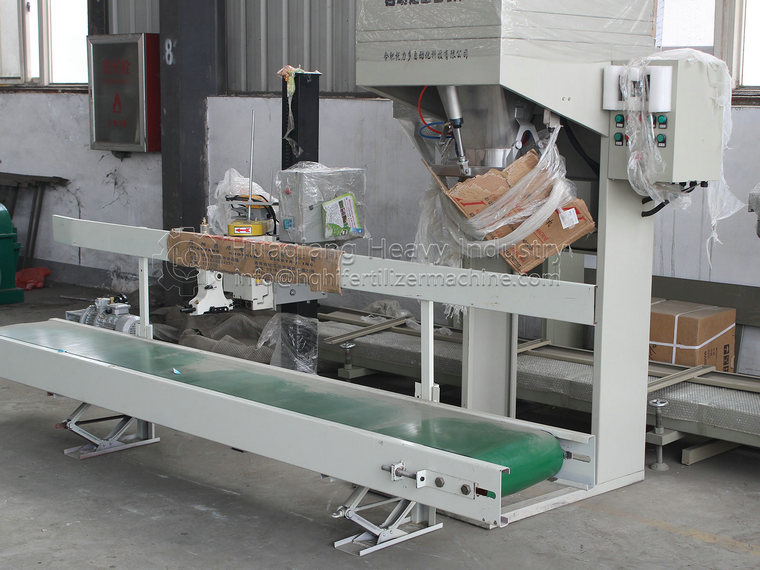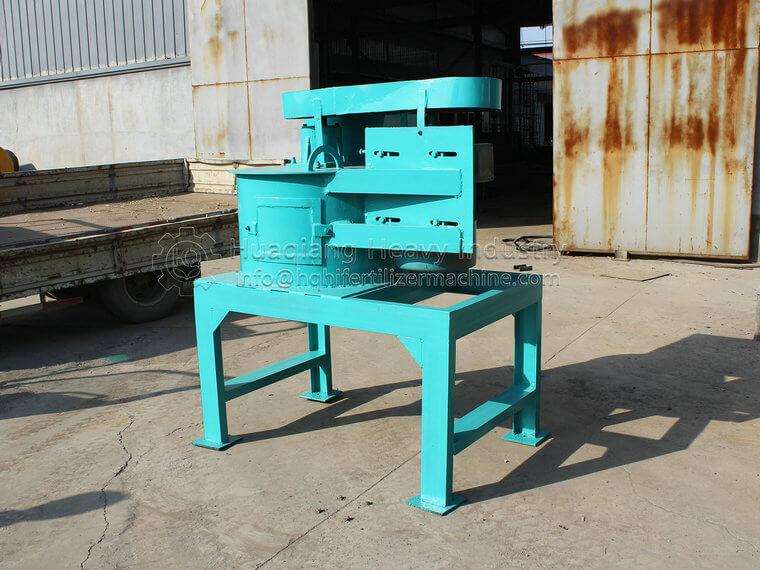The granulation process of organic fertilizer equipment is the key to the green development of agriculture
In this age of information explosion, we need to learn to extract more valuable things from information. China’s organic fertilizer equipment manufacturers from research and development, application development to the present. It wasn’t very long. It is on the basis of the introduction of foreign equipment, after digestion and absorption, from the initial simple packaging to the current diversification of organic fertilizer equipment. The excessive dependence of organic fertilizer equipment on foreign high-end technology has seriously restricted the sustainable and stable development of China’s machinery industry.
China’s organic fertilizer equipment manufacturers market is very broad, organic fertilizer equipment has shifted from price competition to technical competition, so came into being. Huaqiang Heavy Industry production relative to the traditional organic fertilizer equipment, the new organic fertilizer equipment requirements are simple, efficient, green, more complete supporting facilities, higher degree of automation. China’s organic fertilizer production line design is more flexible, can be tailored according to the different needs of customers. New products of organic fertilizer equipment mainly rely on technological innovation.
The production capacity of an enterprise determines the development market of the enterprise. The organic fertilizer equipment industry is a typical example. Which manufacturer has strong production capacity and more equipment means that the market of the enterprise is relatively large. The variety of organic fertilizer equipment provided by the manufacturer is the largest in the country. There are a variety of different models, specifications of organic fertilizer equipment, to give consumers more choices. The device is ubiquitous because of its wide variety and broad market. The manufacturer decided to further develop the new equipment to facilitate the packaging of more goods.
The selection of organic fertilizer equipment is not only the successful link of organic fertilizer manufacturers, but also the link of manufacturing high-quality organic fertilizer. Sponsor farmers to truly realize the circular development of agriculture. Accept bio organic fertilizer equipment for harmless treatment of agricultural organic waste. We need more and more organic fertilizer equipment to sponsor farmers to realize the organic transformation of agricultural manufacturing and develop green agriculture.


.jpg)
.jpg)




.jpg)